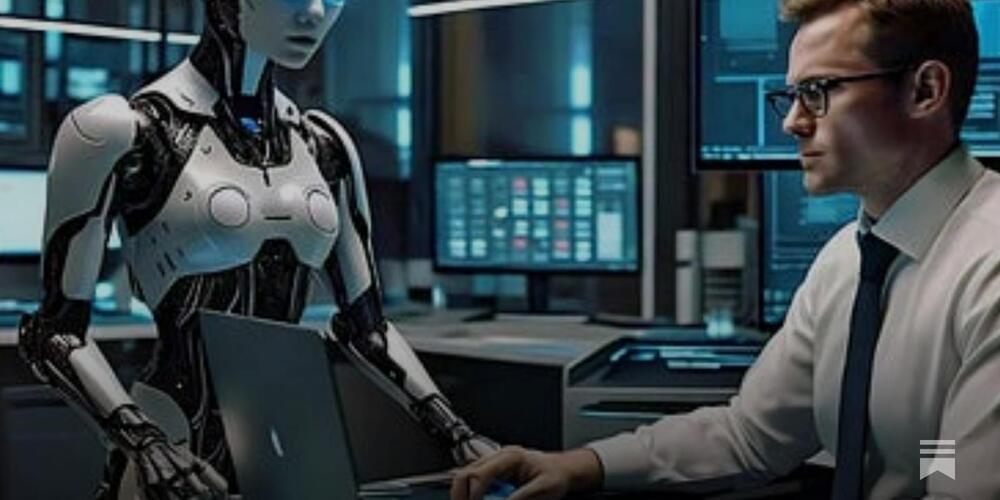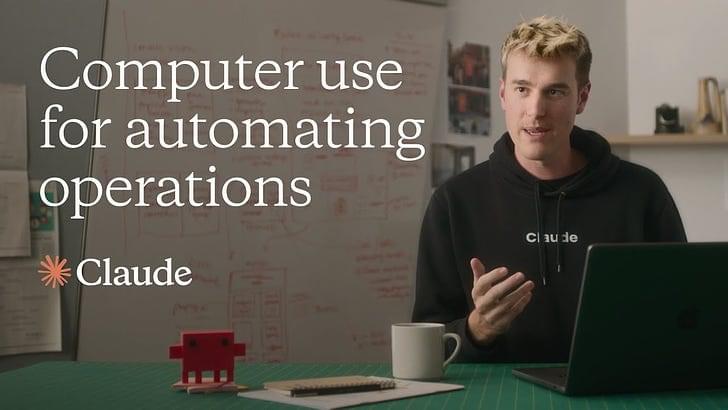OpenAI claims cyber threats are easier to detect when attackers use ChatGPT.











A team of engineers and physicists affiliated with a host of institutions across Japan, working at the Japan Proton Accelerator Research Complex, has demonstrated acceleration of positive muons from thermal energy to 100 keV—the first time muons have been accelerated in a stable way. The group has published a paper describing their work on the arXiv preprint server.